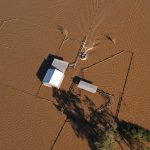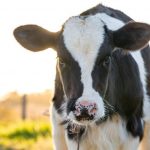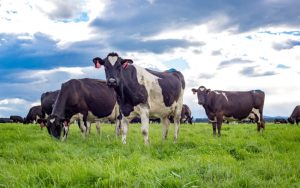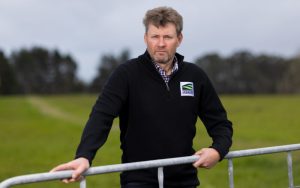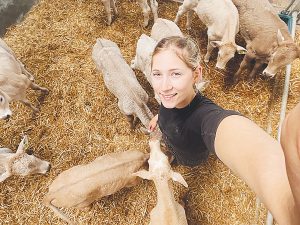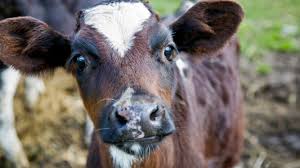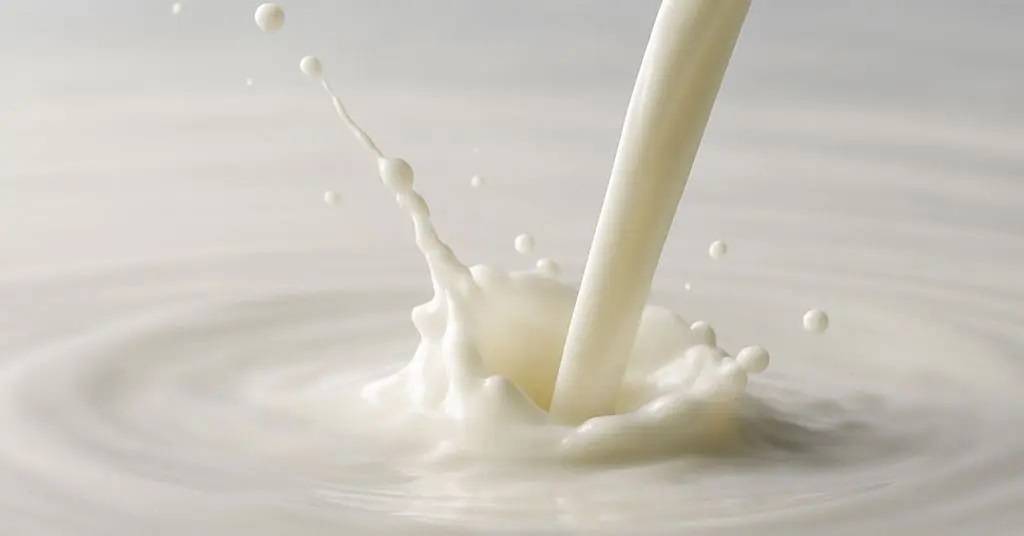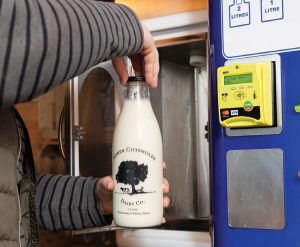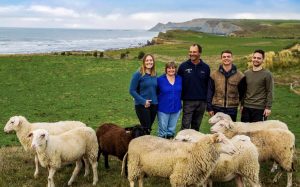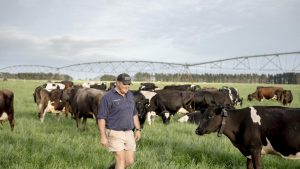
Soaring global dairy prices have boosted interest in dairy farm conversions in Canterbury, potentially putting thousands more cows on the region’s pastures.
Globally, milk powder prices are nearing three-year-old price records, while butter prices are at an all-time high.
Environment Canterbury (ECan) general manager of regulatory implementation, Paul Hulse, said so far this year the authority had granted four effluent discharge permits for a total maximum of 2730 cows, plus one conversion consent which was lodged last year.
Other farmers have also been in early discussions with ECan over their conversion proposals, he said.

ECan’s deputy chairperson, Deon Swiggs, said he understood about 15 farmers had signalled interest in converting, possibly adding 10,000 cows to the region.
Freshwater ecologist Dr Mike Joy said he is “flabbergasted” that more dairying is planned.
Joy, who has conducted research on nitrates in drinking water and called for a reduction in dairying, said the currents standards were both too low and were not being met.
“It’s not just the nitrates, it’s methane emissions, greenhouse emissions.
“We are just making junk food for the rest of the world, like Mars bars. What are New Zealanders getting out of this, apart from polluted rivers and more climate change emissions?”
The new permits come during a time of uncertainty over water quality standards, with regional councils awaiting a new policy direction from the Government some time this year on managing water quality.
Temporary rules requiring consent to convert to dairy expired in New Zealand on January 1, and instead farmers must obtain a permit under the Resource Management Act to discharge animal effluent.
ECan considers applications on a case-by-case basis, and some will be notified for public feedback if the effects are considered more than minor.

Federated Farmers North Canterbury president Karl Dean said he knew of 14 or 15 farmers interested in converting. Most were cropping farmers, and all with irrigation already in place as no more water rights were available, he said.
“There has been quite an increase in conversions. It’s about the most economic use for land while maintaining the environmental standards required.”
Nothing would happen quickly, as there were few cows and heifers available, and installing infrastructure such as milking sheds, fencing, laneways and troughs took time and money, he said.
“Some would be talking about converting for the 2026-27 season. It’s a long-term game, and you don’t go into it just for five or 10 years.”

For an average dairy farm with 700 cows on 200 hectares with irrigation, a conversion would cost at least $5 million, including buying stock, he said.
As well, Dean expected some former dairy farms could return to dairying, if they could upgrade to meet effluent current standards which would cost “about half a million”.
The latest farmgate price forecast for a kilogram of milk solids in New Zealand is more than $10, up from about $7.80 last year and $3.90 a decade ago, while cropping prices have fallen.
Anne Douglas, group director of farm source for dairy co-operative Fonterra, said it was aware of farms converting or returning to dairy across the country, reaching double figures.

“We’ve also been contacted by a number of others who are interested in supplying Fonterra in subsequent seasons.
“Attracting new milk and retaining existing farmers is a core part of our co-op’s strategy.“
Douglas said it was “important for any conversions to be able to meet all necessary consents”, and Fonterra was working closely with farmers thinking of converting.
Late 2024 figures from DairyNZ show Canterbury has 1187 dairy herds and 949,000 cows, or a fifth of the country’s total.
It is New Zealand’s most productive dairying region on a per-head basis, contributing 22% of the country’s milk solids.
You can now read the most important #news on #eDairyNews #Whatsapp channels!!!
🇺🇸 eDairy News INGLÊS: https://whatsapp.com/channel/0029VaKsjzGDTkJyIN6hcP1K

